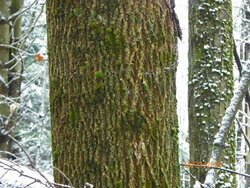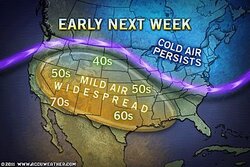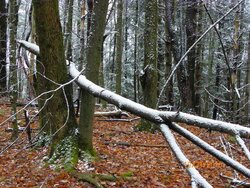I think this picture was taken from up top when I was bringing down the aspen, since the EAB will be in this area soon I might take it this fall.
Going through some pictures and found this, looks like it could be part of the Ash. If it is should I drop it?
Zap
Going through some pictures and found this, looks like it could be part of the Ash. If it is should I drop it?
Zap






